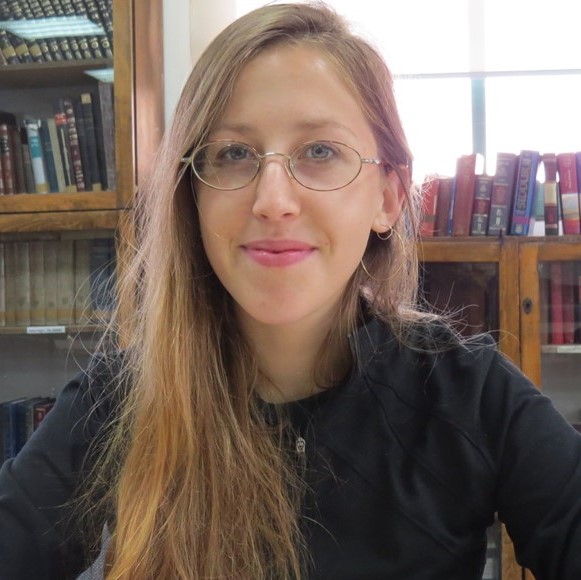Impermanence by Design

If your sukkot are anything like mine, something usually falls off or blows away at some point during the week. This was true of my backyard sukkah in North Carolina, whose hanging decorations were not securely fastened enough to withstand the wind, and the skhakh of my Upper West Side balcony, which unfortunately ended up on someone else’s roof.
Sukkot are impermanent by design. This is our lesson and our meditation throughout the week. In the Babylonian Talmud (Sukkah 23a), our rabbis argue about how strong a wind a sukkah should be able to withstand in order to be considered kosher: does it need to be able to withstand a strong wind, or just average wind? We can feel the tension—on the one hand, we want our sukkot to be strong and sturdy, on the other hand, the holiday pushes us to acknowledge that they may just blow away. The Mishnah in Sukkah 22a suggests that in the ideal sukkah, one should be able to see stars through the roof—in order, I think, that we might contemplate the great expanse of the universe, and our relative temporality and insignificance.
Our rabbis assigned Kohelet, the book of Ecclesiastes, to be read on the holiday of Sukkot as a further directive to contemplate impermanence. “All is transient!” Kohelet exclaims (Eccles. 1:2) and spends the rest of the book trying to reconcile with this fundamental truth of our lives.
What is the purpose of pursuing anything, Kohelet asks, if we are all headed for the same end? What is the point of not only wealth, but wisdom? Wisdom doesn’t protect us from our inevitable death.
In 1973, Ernest Becker published his book The Denial of Death, a psychological schema that placed at the center of most human behavior this very fundamental fear: that our lives are insignificant, and we will die. His ideas developed into Terror Management Theory, a psychological theory stating that many of our actions are motivated by our need to insulate ourselves from our “deep fear of living an insignificant life destined to be erased by death.” Avoiding the fact of our mortality thus ends up animating nearly everything we do as humans.
According to Terror Management Theory, the pitfalls of this unexamined fear are not only personal and spiritual, but social and political, because one way that we address this fear is by assuring ourselves that we are part of an important group. We may tell ourselves, “Well, my life is short. But I’m part of the most important group, culture, religion or nationality. So that will outlive me.” It’s easy to see how this can become quite a dangerous ideology.
We see this problematic way of addressing fear of death playing out in other ways as well: we derive psychological comfort from not thinking about the climate crisis, or about the erosion of our democracy. Supremacist ideologies are taking hold perhaps in part to counteract our sense of individual insignificance, the same discomfort of the human condition upon which Kohelet spent twelve chapters reflecting.
At its worst, religion can be merely a way of denying death, at times to dangerous ends: by means of asserting our cultural or religious supremacy.
But at its best, religion can be a roadmap for how to truly grapple with our impermanence. I believe that it is too tall an order for most people to confront their own mortality in a vacuum. We need narrative, ritual, and community to come to a sense of peace and wisdom—indeed, this is the journey that Kohelet takes: from fearful immobilization as an individual facing mortality, through a meandering and contradictory path through hedonism and greed, ultimately to the conclusion that doing mitzvot is the best way we have to live as mortals (Eccles. 12:14). (Whether this was the author’s conclusion or added later by the sages, we can still choose to integrate it into our interpretation of the book’s message).
Thus we come to Sukkot. We have the blessing of a week-long ritual that rehearses impermanence for us in an external, physical, communal, and joyful way. Our tradition gives us this gift. We learn not to take for granted those structures that we hope to continue, but to work together to continually rebuild them. We also learn to embrace impermanence. Our tradition tells us: there is no use in denial, and there is no use in comforting distraction. Together, we practice impermanence with our eyes wide open, looking at the stars together.
As we continue to eat, sing, and dwell in sukkot together this week, may we be shaped into human beings more capable of facing the uncertainty of life. During this zeman simhateinu, may we confront our fears not only with wisdom, but with joy.
The publication and distribution of the JTS Commentary are made possible by a generous grant from Rita Dee (z”l) and Harold Hassenfeld (z”l).



